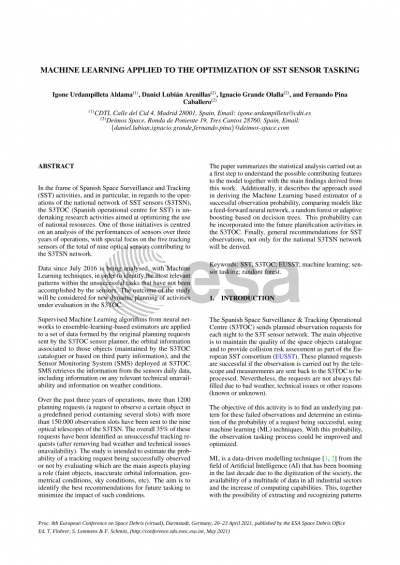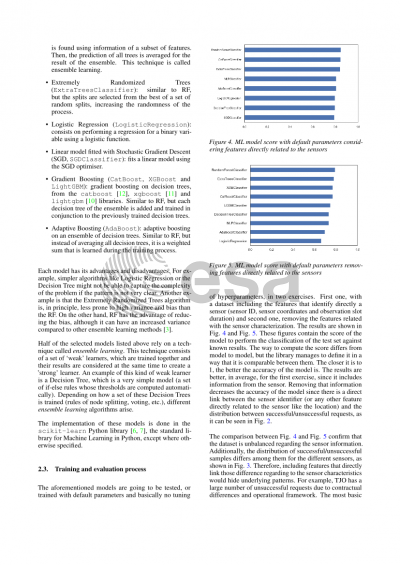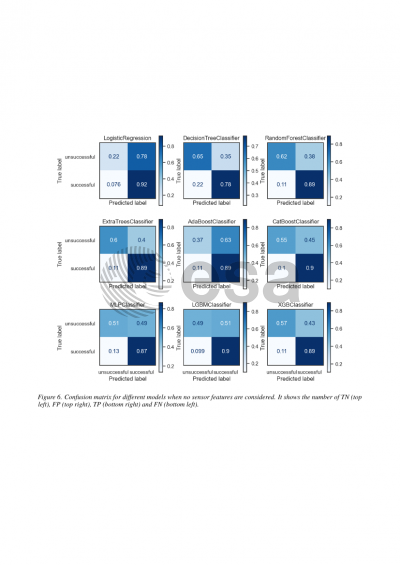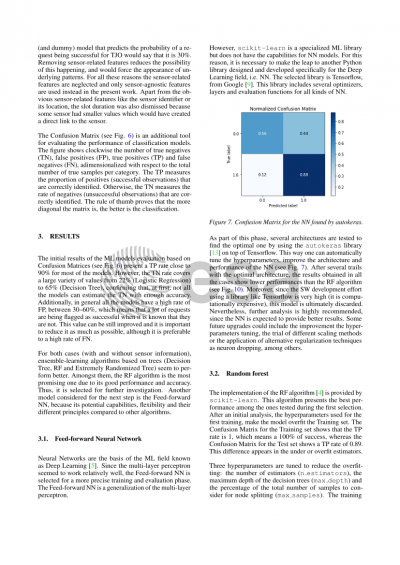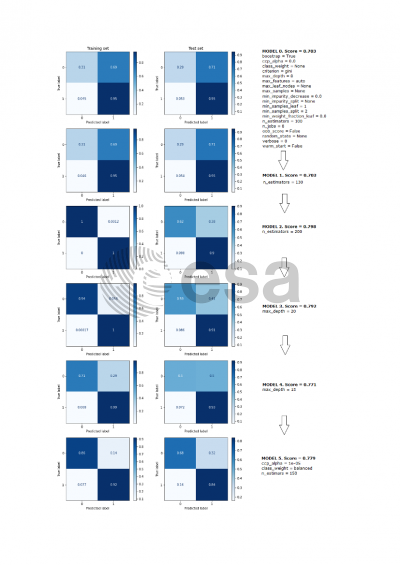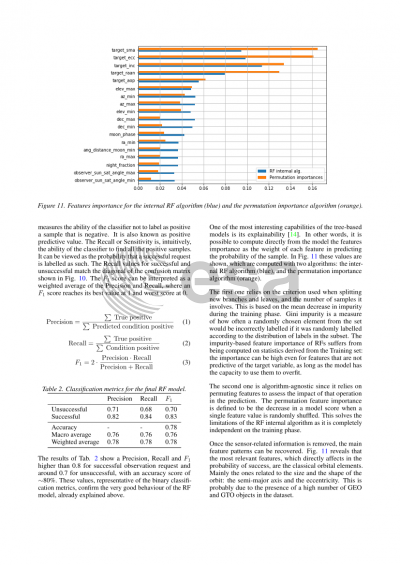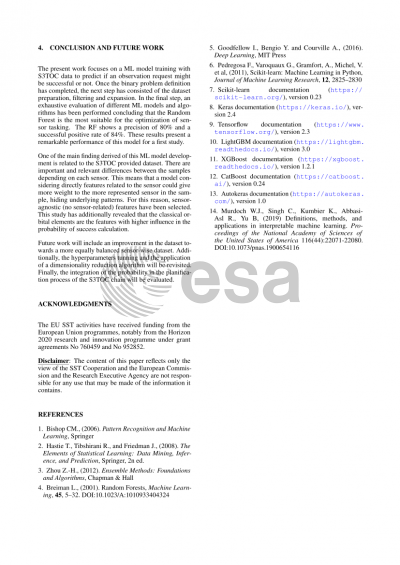Document details

Abstract
In the frame of Spanish SST activities, and in particular, in regards to the operations of the national network of SST sensors (S3TSN), the S3TOC (Spanish operational centre for SST) is undertaking research activities aimed at optimizing the use of national resources. One of those initiatives is centred on an analysis of the performances of sensors over three years of operations, with special focus on the five tracking sensors of the total of nine optical sensors contributing to the S3TSN network.
Data since July 2016 is being analysed, with Machine Learning techniques, in order to identify the most relevant patterns within the unsuccessful tasks that have not been accomplished by the sensors. The outcome of the study will be considered for new dynamic planning of activities under evaluation in the S3TOC.
Supervised Machine Learning algorithms from neural networks to ensemble-learning-based estimators are applied to a set of data formed by the original planning requests sent by the S3TOC sensor planner, the orbital information associated to those objects (maintained by the S3TOC cataloguer or based on third party information), and the Sensor Monitoring System (SMS) deployed at S3TOC. SMS retrieves the information from the sensors daily data, including information on any relevant technical unavailability and information on weather conditions.
Over the past three years of operations, more than 1200 planning requests (a request to observe a certain object in a predefined period containing several slots) with more than 150.000 observation slots have been sent to the nine optical telescopes of the S3TSN. The overall 35% of these requests have been identified as unsuccessful tracking requests (after removing bad weather and technical issues unavailability). The study is intended to estimate the probability of a tracking request being successfully observed or not by evaluating which are the main aspects playing a role (faint objects, inaccurate orbital information, geometrical conditions, sky conditions, etc). The aim is to identify the best recommendations for future tasking to minimize the impact of such conditions.
The paper summarises the statistical analysis carried out as a first step to understand the possible contributing features to the model together with the main findings derived from this work. Additionally, it describes the approach used in deriving the Machine Learning based estimator of a successful observation probability, comparing models like a feed-forward neural network, a random forest or adaptive boosting based on decision trees. This probability can be incorporated into the future planification activities in the S3TOC. Finally, general recommendations for SST observations, not only for the national S3TSN network will be derived.
Preview
